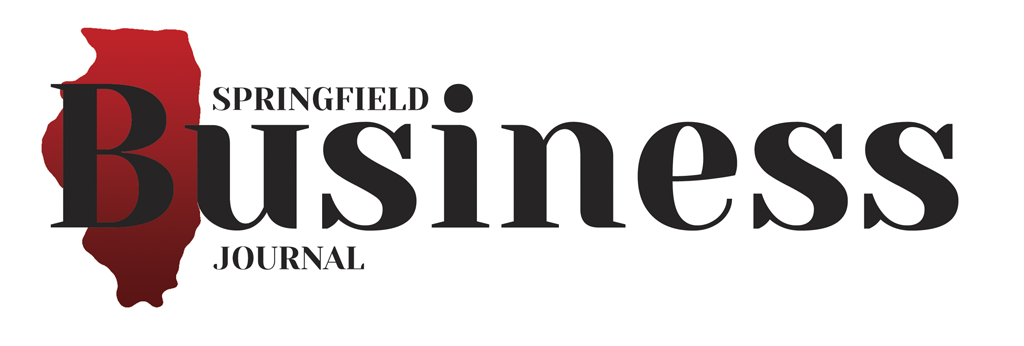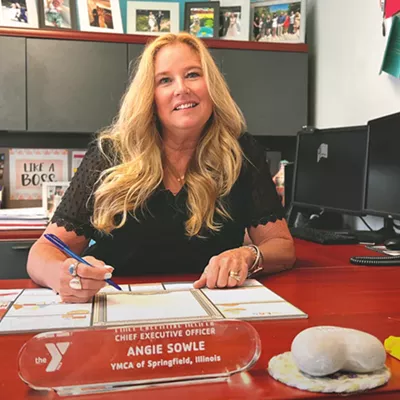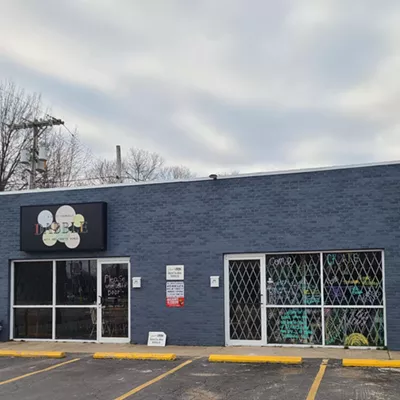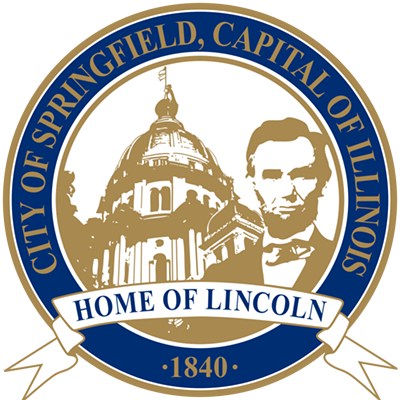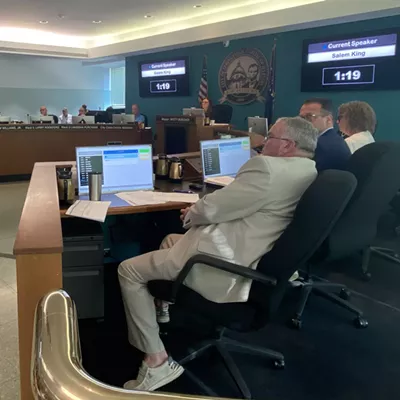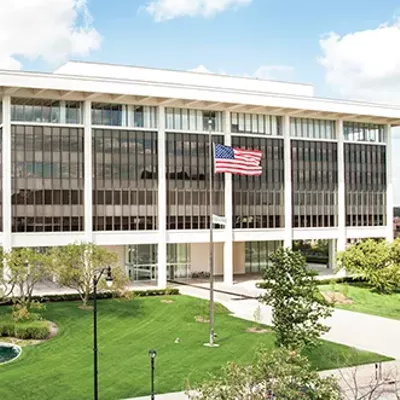Results of year-long survey expected to guide future
By Catherine O’Connor
There is no question that the challenges facing Springfield Public School District 186 are not unique as demographic shifts, economic pressures and social issues continue to transform the educational landscape throughout the country. Superintendent Jennifer Gill has embraced the challenge, opening the door for partnerships by spending many hours away from her desk, traveling throughout the district to meet with teachers, parents and community leaders.
While exploring what makes schools thrive, Gill discovered a common thread in strong relationships with local businesses and other community organizations. The Springfield district, which she inherited just over two years ago, has large numbers of low-income students as well as lower graduation rates and test scores than other school districts for many miles around. Gill has made it her quest to beat the odds and use all the tools available to improve learning outcomes and challenge negative perceptions.
The school district has worked closely with Greater Springfield Chamber of Commerce president and CEO Chris Hembrough in championing a year-long project to survey the local business community about their perceptions of Springfield public education. Beyond that, Gill has spent many hours fact-finding and providing answers for chamber focus groups that have been delving into the intricacies of academic, infrastructure, finance and educator evaluation issues. The results of the survey, which reveal chamber business members’ observations and insights, have been analyzed by an independent consultant and – along with findings of the chamber’s leadership groups – is expected to be released later this spring.
District 186 is made up of three high schools, seven middle schools, 22 elementary schools, and an early learning center, along with adult education and alternative programs, including gifted and special needs programs and campuses. In response to critics, Gill notes with pride that between 2014 and 2015, graduation rates have risen by 8.5 percent – the first such rise in several years. However, according to the Illinois State Board of Education School Report Card, overall standardized test scores and other measures of achievement in Springfield public schools still fall below the state average in several areas.
Dan Sale, the CEO of Capital Area Realtors, whose association members participated in a recent survey to share their insights about homebuyer clients’ perceptions of schools in Springfield, has a unique perspective. Sale said, “For gifted programs or special needs education, there’s no doubt about it, District 186 can provide programs that the surrounding communities cannot.”
One such program is the International Baccalaureate learning program for gifted students at Iles School, where the curriculum has been transformed into “units of inquiry,” which explore central themes as the framework for study, driven by individual educators and learners. The prestigious accreditation of Iles’ program is based on unique curricula and teaching approaches which, according to advocates, can more effectively prepare students for college.
Another of the unique programs offered by District 186 but not available to students in neighboring communities is the new biomedical technology course, which is part of the Health Science Academy and has expanded to all three high schools. The four-year academy program gives students a chance to explore careers ranging from geneticist to physical therapist to cardiothoracic surgeon, according to Bree Hankins, the district’s public information officer. One goal of the program, which functions as one of the district’s business-education partnerships, is to create a school-within-a-school to connect students to the city’s largest career cluster, that of the medical community.
Another concrete example of the improvements in Springfield schools is the recent $90 million upgrade of facilities, including consolidations of existing institutions and construction of two new elementary schools. Updated classrooms and academic environments which expose students to numerous opportunities beyond the classroom – including arts, athletics, the local workforce, and area institutions of higher learning – are examples of positive impact often cited by Gill in her presentations to and discussions with local organizations and business leaders.
“There is little question that economic growth depends on building strong links between educators and business constituencies,” according to Hembrough. The upcoming release of the collaborative study between the chamber and the school district promises to reveal much more detail on academic, finance, student and educator issues and initiatives based on short- and long-term views of student achievement, graduation rates, college admission, degree completion, full-time employment and lifetime earning potential.
There is no doubt in Gill’s voice when she emphasizes the return on investment in District 186 for the Springfield community. “The ultimate goal here is that students achieve their full potential,” she said.
Catherine O’Connor can be reached at catherineoconnor@gmail.com.
